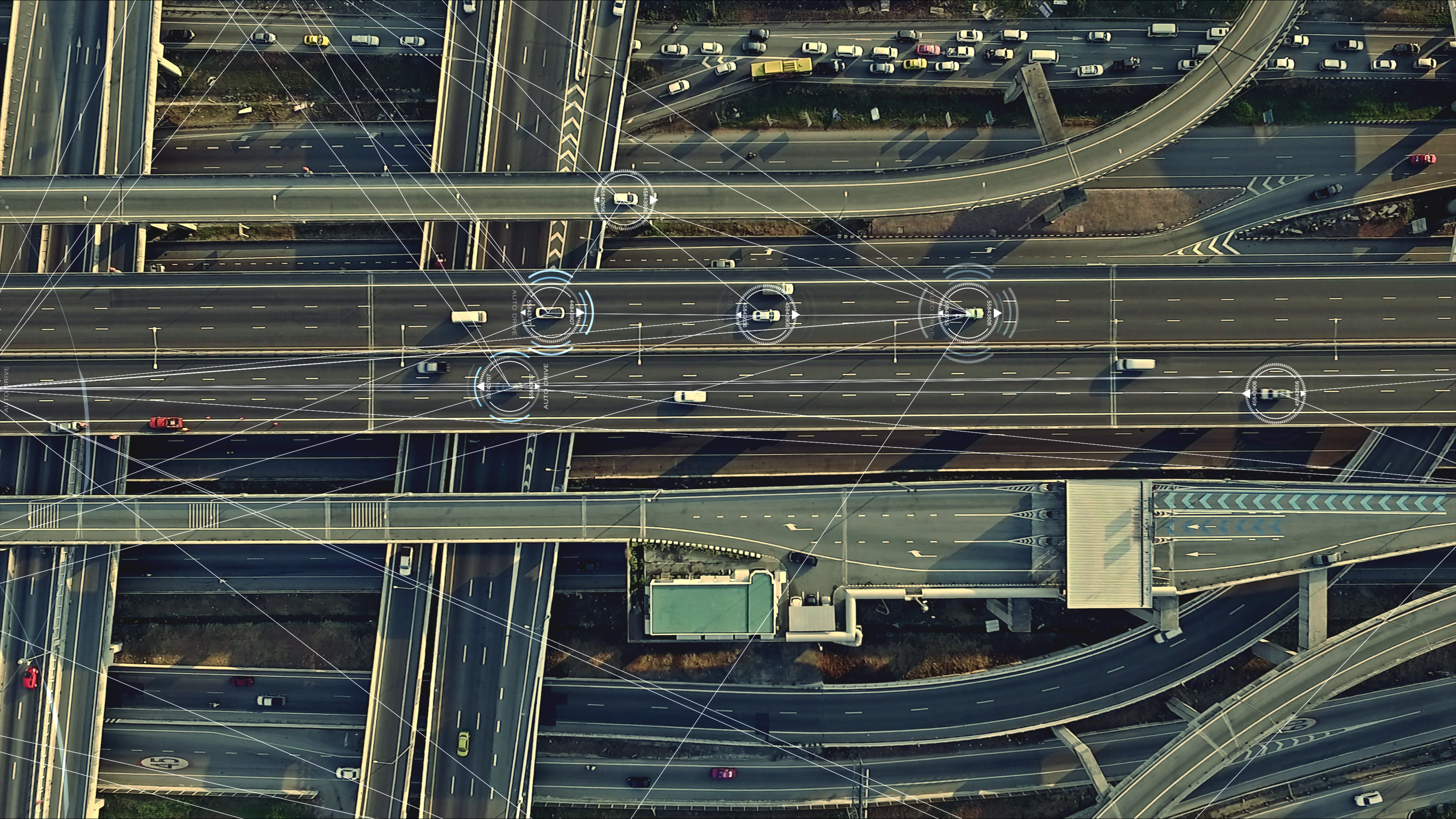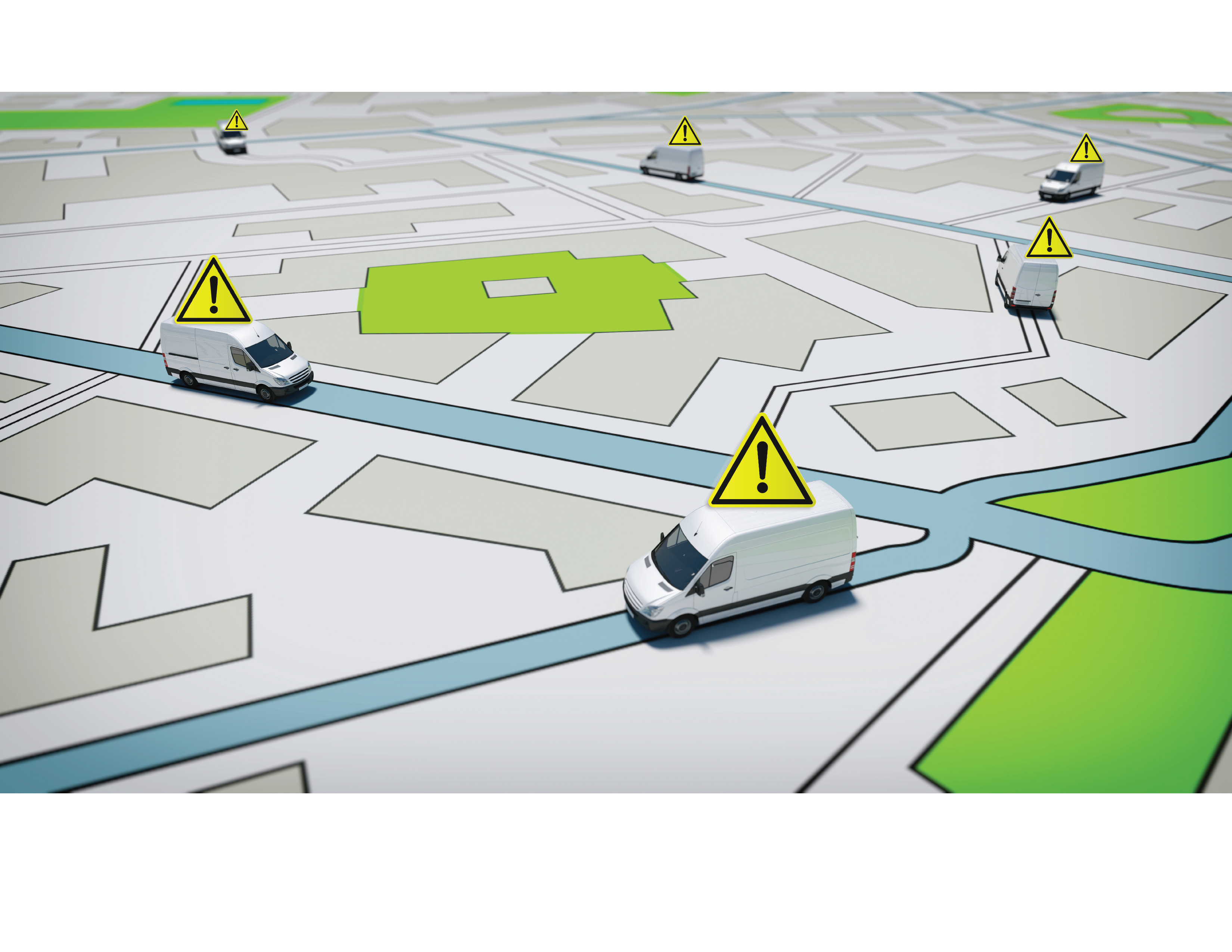![]()
A fleet vehicle tracking system is a technology that can identify where each of your vehicles is at any given time. It also gives you the ability to follow drivers’ actions throughout the day and detects driving issues that require additional training.
Big businesses have found tremendous benefits from the implementation of fleet tracking. The use of telematics can help managers learn where to focus training efforts to improve driver behavior and safety, while trucking companies also use it to monitor things like fuel costs and idling times.
As technology makes these systems more accessible and affordable, fleet tracking is no longer the domain of big industry. Everyone, including small and medium-sized businesses (and even mom and pop operations), can now enjoy the benefits that come from tracking driver behavior.
Regardless of how small your fleet is or what individual challenges your industry faces, there are ways to leverage the information provided by tracking tools and use the data to your advantage.
The Top Benefits of Fleet Tracking
Even the most basic fleet tracking functions have benefits for business owners when used properly. Learning the advantages of fleet tracking and how to use it to help your operations run more smoothly can have a significant payoff down the road. Here are four ways small businesses can benefit from fleet tracking.
No. 1: Fleet Tracking Benefits Managers
Investing in a tracking system provides managers with a suite of tools that offer a wide range of functions, and that includes being able to identify where each vehicle is at any given time.
This technology gives you the ability to follow drivers’ actions throughout the day, identify individuals who aren’t reaching their destinations at the proper time and detect driving issues that require additional training.
With a tracking system in place, you can do more than identify the root of the problem, such as a driver who is consistently late; you can develop a solution to ensure employees are more efficient with the use of their time.
No. 2: Fleet Tracking Improves Customer Service
For industries like plumbing, HVAC, food delivery services, and others that have multiple representatives out in the field, tracking services are an effective way to improve operations.
In addition to allowing you to schedule the most efficient route to get drivers to their destination, it can help with such things as finding a driver nearest to a customer and having them dispatched to that customer in the shortest amount of time.
No. 3: Fleet Tracking Streamlines Vehicle Maintenance
Your tracking system isn’t just paying attention to what drivers are doing behind the wheel; it’s also paying attention to what’s going on under the hood. By notifying you of the need for routine vehicle maintenance, you’ll cut down on the risk of breakdowns or the burden of having a vehicle out of commission while it undergoes repairs.
No. 4: Fleet Tracking Improves Driver Behavior
A tracking system will monitor a driver’s behavior, and that has an immediate payoff for your company. A study from Concordia University found that call center employees who had their performance monitored electronically were less likely to waste time and performed their job duties better and more efficiently.
The same holds true for vehicle monitoring. Drivers who know their actions are being tracked will be more likely to choose efficient routes and engage solely in work-related functions while behind the wheel.
Fleet tracking is also a good way to alert you to any areas that need attention. If you have an employee who is braking suddenly and too hard, or if they are consistently accelerating aggressively, it could indicate that other unsafe behaviors are happening in the vehicle, such as distracted driving.
As you’re alerted to problematic driver behavior, you can choose to provide the type of instruction needed to correct that behavior and can reduce the likelihood that the action leads to a crash in a company vehicle.
The Payoff of Fleet Tracking
For most small businesses, the bottom line is always top of mind. However, when it comes to fleet tracking, the cost of not having it can be higher than the cost to invest in it. Pairing training with telematics and tracking reduces crashes, which in turn reduces insurance costs.
About 40% of all automobile crashes are work-related, and those incidents cost U.S. employers some $72 billion. About 53% of those crashes caused employees to miss work, and even a single accident can raise an employer’s insurance cost by 33%.
Monitoring your drivers and providing them with training specific to areas that need improvement is an efficient approach to a widespread problem. However, only 42.6% of businesses with drivers using company-owned vehicles mandate driver training programs, the Driver Safety Report found.
Fleet Tracking and Driver Safety Training Go Hand in Hand
Pairing fleet tracking with driver safety training is a combination that has proven effective for large companies for years.
As the cost of the technology has become more affordable and the tracking capabilities more sophisticated, fleet tracking provides small business owners with a competitive advantage that’s reflected both in overall company performance and operating costs.
At Smith System, we provide training for fleets of all sizes, and also have e-learning options that reinforce safe driving habits for every employee, regardless of how often they drive or what conditions they’re dealing with on the road.










